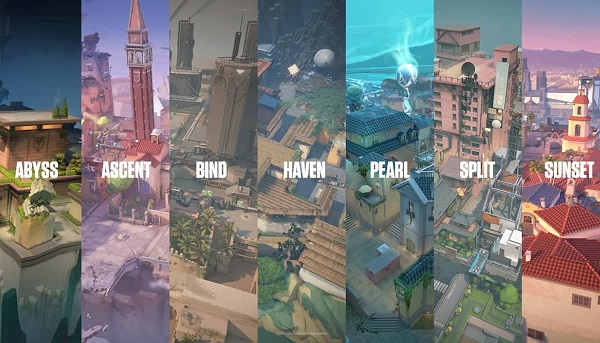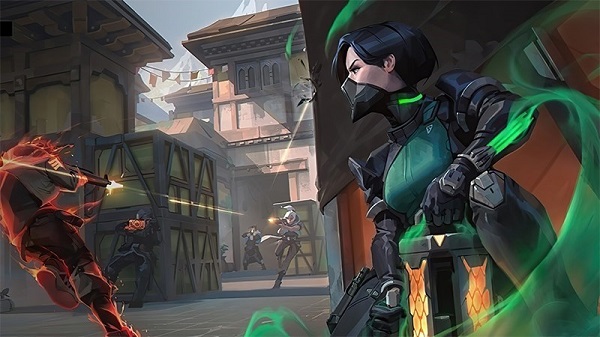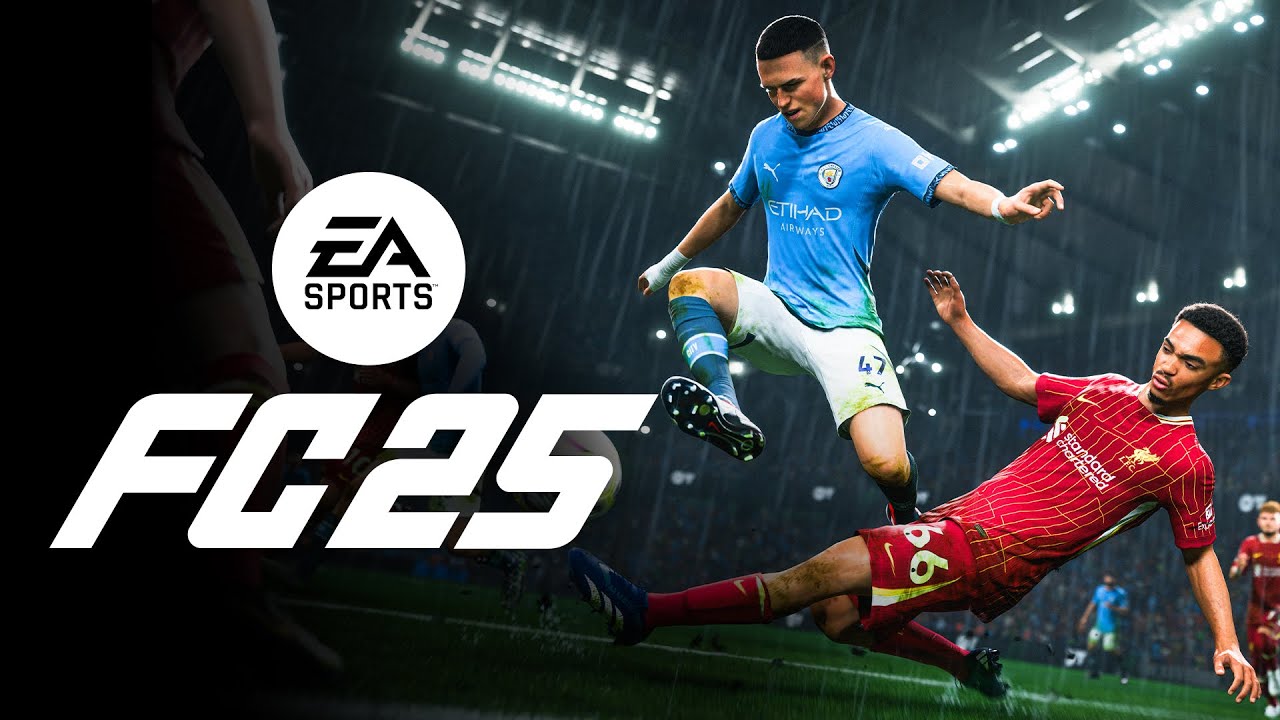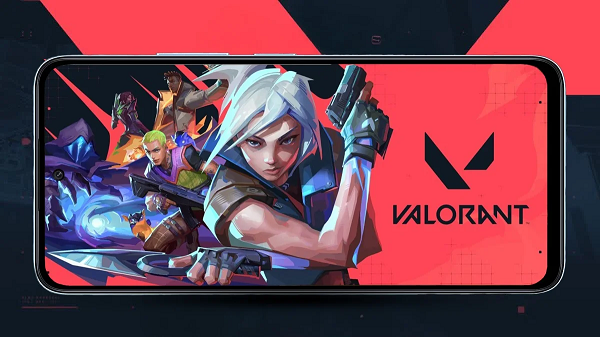Advertisement
Popular Now
Valorant, Riot Games’ tactical first-person shooter launched in 2020, combines precise gunplay with unique agent abilities, creating a dynamic and competitive experience. Whether you’re a beginner aiming to climb the ranks or a seasoned player refining your skills, mastering Valorant requires strategy, practice, and game sense. This guide provides a step-by-step approach to excelling in Valorant, covering everything from preparation to advanced in-game tactics. With 10 key sections arranged to guide you through the game’s flow, you’ll learn how to dominate matches and secure victories. Let’s dive into the strategies that will elevate your Valorant gameplay.



1. How to Choose the Right Agent

Understanding Agent Roles
Valorant features agents across four roles: Duelists, Controllers, Initiators, and Sentinels. Duelists like Jett excel in aggressive plays, while Controllers like Omen shape the battlefield with smokes. Initiators such as Sova gather intel, and Sentinels like Sage provide support. Selecting an agent that suits your playstyle and team composition is crucial for success.Picking Your Agent
Start by experimenting with free agents like Jett, Sage, or Sova to understand different roles. If you prefer aggressive fragging, choose Duelists; for strategic support, try Controllers or Sentinels. Practice in Unrated matches to test abilities and find your fit. As you unlock more agents, consider team synergy—pair a Controller with an Initiator for balanced setups.- Agent Selection Tips:
- Play Unrated to test agents without rank pressure.
- Choose based on team needs (e.g., smokes for site control).
- Master 2–3 agents across different roles for flexibility.
2. How to Set Up Your Game Settings
Optimizing Controls and Sensitivity
Before jumping into matches, fine-tune your settings for optimal performance. Set your mouse sensitivity to a comfortable DPI (800–1600 is common) and in-game sensitivity (0.3–0.5 for most pros). Bind abilities to accessible keys, like Q, E, and C, and ensure your crosshair is simple and visible against Valorant’s vibrant maps.Visual and Audio Settings
Adjust graphics settings to prioritize frame rate (aim for 144+ FPS) by lowering shadows and textures on lower-end PCs. Enable “High Precision Mouse Input” for smoother aiming. Use a headset and tweak audio settings to hear footsteps and abilities clearly, as sound cues are vital for tracking enemies.- Settings Checklist:
- Set sensitivity for precise aim (test in Practice Range).
- Use a small, high-contrast crosshair (e.g., cyan or green dot).
- Max out audio clarity for directional sound cues.
3. How to Master Aim and Gunplay
Aiming Fundamentals
Valorant’s gunplay rewards precision, with weapons like the Vandal and Phantom requiring tight crosshair placement. Practice headshot-level aim in the Practice Range, focusing on flicks and tracking. Use Deathmatch mode to simulate real combat scenarios and improve reflexes.Recoil Control and Weapon Choice
Learn each weapon’s recoil pattern—spray the first 10 bullets of the Vandal upward, then pull down to control. Choose weapons based on map and role: Phantom for close-range sprays, Vandal for long-range taps. Practice burst firing (2–3 shots) to maintain accuracy in tense fights.- Aim Training Tips:
- Spend 10–15 minutes daily in the Practice Range.
- Use aim trainers like Aim Lab for additional practice.
- Focus on headshots in Deathmatch for real-world aim improvement.
4. How to Learn Map Layouts

Understanding Map Dynamics
Valorant’s maps (e.g., Ascent, Bind, Haven) feature tight choke points and open areas, each demanding specific strategies. Study callouts like “A Long” or “B Hookah” to communicate effectively. Use the minimap to track teammates and enemy spawns, especially in the early rounds.Exploring in Custom Games
Create a custom game to roam maps freely, learning key angles and ability placements (e.g., Sova recon darts or Cypher tripwires). Note high-traffic areas like mid on Ascent and practice holding angles. Familiarity with map geometry helps you predict enemy movements and plan rotations.- Map Learning Tips:
- Study callouts via online map guides or community resources.
- Practice ability lineups in custom games for consistency.
- Watch pro matches to learn common angles and setups.
5. How to Communicate Effectively
The Role of Communication
Clear communication is the backbone of Valorant’s team-based gameplay. Share enemy positions, utility usage, and economy status with your team. Use concise callouts like “One in A Short” or “Flashing B” to avoid cluttering comms, especially in high-pressure moments.Tools and Etiquette
Use in-game voice or text chat, or platforms like Discord for premade teams. Be respectful—avoid toxicity to maintain team morale. In solo queue, ping the minimap if voice comms are unavailable. Practice callouts in Unrated to build confidence before ranked matches.- Communication Tips:
- Use specific callouts (e.g., “Jett in C Long” instead of “over there”).
- Ping enemy locations on the minimap for silent comms.
- Stay positive to keep team morale high, even after losses.
6. How to Manage Economy and Buy Smart
Understanding the Economy
Valorant’s economy system dictates your weapon and ability purchases each round. Save credits during eco rounds (when low on funds) to afford full buys (rifles, armor, full abilities) in later rounds. Coordinate buys with your team to ensure everyone is equipped similarly.Buy Strategies
Buy light armor and a Spectre during eco rounds to stay competitive without breaking the bank. After winning a pistol round, opt for a half-buy (SMGs or shotguns) to maintain momentum. Track enemy economy by observing their weapons to predict their buys.- Economy Tips:
- Save for full buys (4000–4500 credits) when possible.
- Request weapons from teammates if low on credits.
- Buy for a struggling teammate to strengthen the team.
7. How to Use Abilities Effectively
Combining Utility with Gunplay
Agent abilities enhance your gunplay, whether it’s Omen’s smokes or Breach’s stuns. Learn lineups for abilities like Sova’s recon dart or Viper’s poison wall to maximize impact. Use utility to control space, such as blocking choke points or flushing enemies from cover.Timing and Coordination
Time abilities to complement team plays—flash before a teammate’s push or smoke off a site during a retake. Avoid wasting utility early in the round; save some for post-plant or defensive holds. Practice lineups in custom games to execute them confidently in matches.- Ability Usage Tips:
- Learn 2–3 key lineups per agent for common maps.
- Coordinate flashes or smokes with teammates’ pushes.
- Save one ability for critical moments, like post-plant.
8. How to Play the Early Round

Setting Up for Success
The early round sets the tone for the match. As attackers, push cautiously to gain map control, using utility like smokes or flashes to secure key areas. As defenders, hold angles or play for information with traps or recon tools to slow enemy pushes.Pistol Round Strategies
Pistol rounds are crucial for early momentum. Buy light armor and abilities in the first round, or go for a Ghost if confident in your aim. Coordinate with your team to stack a site or play for picks. Winning the pistol round often leads to a strong economy for the next two rounds.- Early Round Tips:
- Use utility to gain early map control (e.g., smokes on choke points).
- Play for picks in pistol rounds to secure early kills.
- Communicate site rotations if enemies commit heavily.
9. How to Excel in Mid-Game Rotations
Adapting to the Game State
Mid-game is where strategies evolve based on round outcomes. As attackers, rotate to the weaker site if the enemy stacks one side. As defenders, adjust your setup based on enemy patterns—use Cypher traps or Sova drones to track rotations. Stay unpredictable to keep opponents guessing.Positioning and Map Control
Hold strong angles or secure map control with utility to limit enemy options. If low on players, play for time as defenders by delaying plants with mollies or smokes. In solo queue, watch the minimap to anticipate rotations and avoid being caught off-guard.- Mid-Game Tips:
- Rotate quietly to avoid giving away your position.
- Use recon abilities to track enemy rotations.
- Save utility for key moments, like site retakes or plants.
10. How to Close Out Matches
Late-Game Mindset
The final rounds test your composure and decision-making. As attackers, execute clean site takes with coordinated utility (e.g., flashes followed by smokes). As defenders, play for time by delaying plants or forcing defuses. Stay calm to avoid clutch mistakes.Clutching and Post-Plant
In 1vX situations, use utility to isolate fights—smoke off angles or flash enemies one at a time. In post-plant, position yourself to watch common defuse spots, and use mollies or grenades to delay. Practice clutch scenarios in Deathmatch to build confidence under pressure.- Late-Game Tips:
- Isolate 1v1s in clutch situations with utility.
- Save one ability for post-plant or defuse scenarios.
- Stay calm and focus on crosshair placement in high-pressure moments.


















